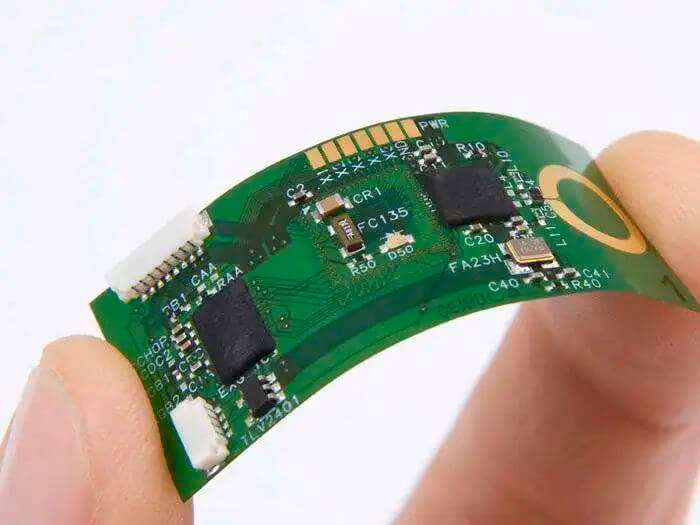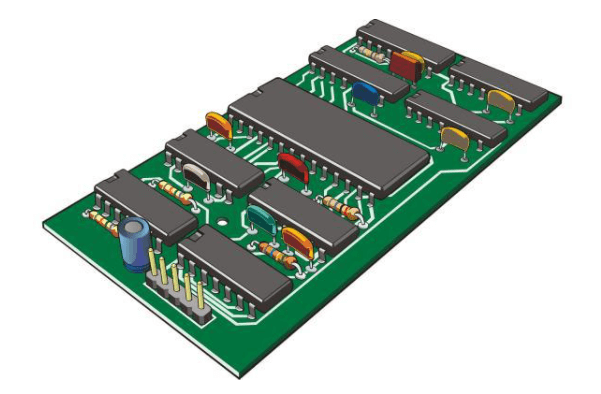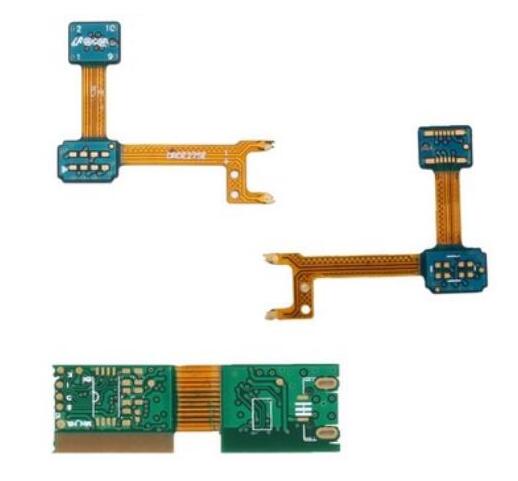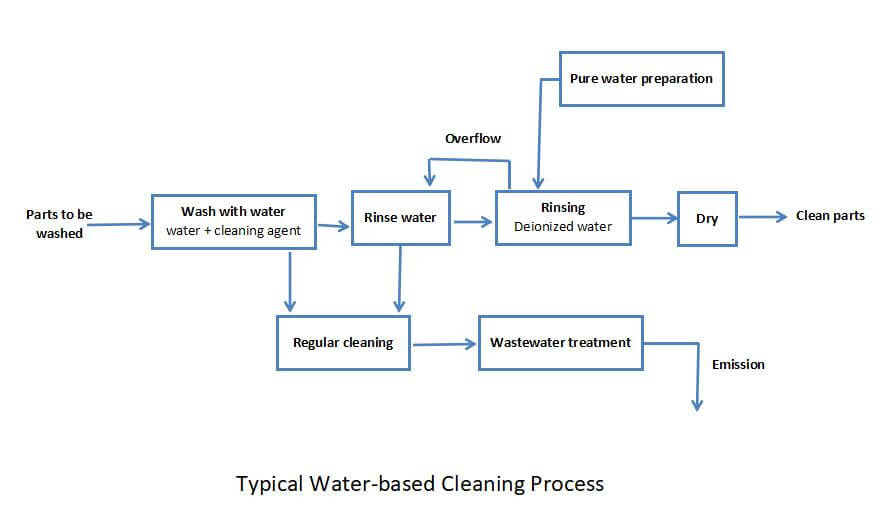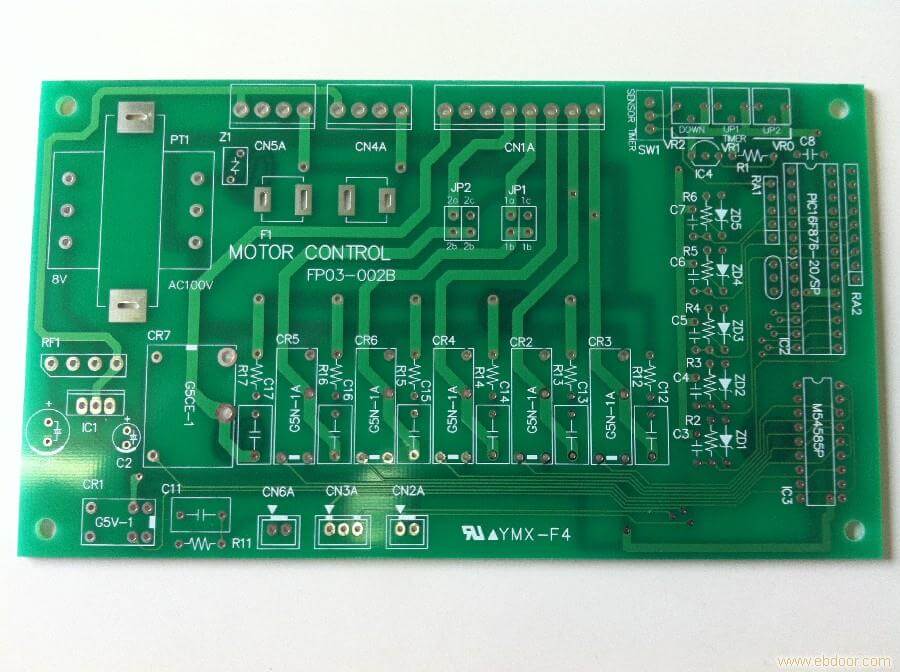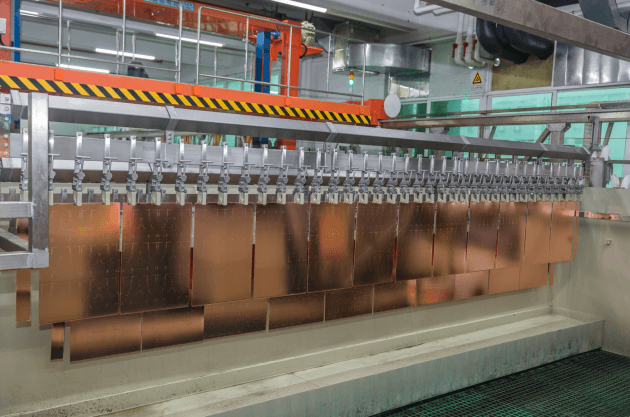The multi-layer circuit board is called multi-layer PCB only if it is two or more layers. The multi-layer board is more than two layers, such as 4 layers, 6 layers, 8 layers, etc. Of course, there are also three or five layers of circuit design, also known as multi-layer PCB circuit board. The conductive wiring diagram of more than two-layer board is separated by insulating substrate between layers. After each layer of circuit is printed, then it is pressed and closed to overlap each layer of lines. Then drill holes to realize the continuity between each layer of lines by passing through holes. The advantage of multi-layer PCB circuit board is that the circuit can be distributed in multi-layer wiring, so as to design more precise products. Or smaller products can be realized by using multi-layer board. For example: mobile phone circuit board, micro projector, recording pen and other products with relatively large volume. In addition, the multi-layer can increase the flexibility of design, better control differential impedance, single end impedance, and some better output signal frequency.
Multi-layer circuit board is the inevitable product of electronic technology developing in the direction of high speed, multi-function, large capacity and small volume. With the continuous development of electronic technology, especially the extensive and deep use of large-scale and large-scale integrated circuits, multi-layer printed circuits are rapidly developing towards high density, high precision and high-level digital direction, which brings up the technology of micro line, small aperture penetration, blind hole embedded hole high plate thickness aperture ratio, etc. to meet the market demand. Because of the need of high-speed circuit in computer and aerospace industry, it is required to further improve the packaging density, coupled with the reduction of the size of separation elements and the rapid development of microelectronics, the electronic equipment is developing in the direction of reducing volume and reducing quality; Because of the limitation of space, single and double-sided printed boards can not realize further improvement of assembly density. Therefore, it is necessary to consider the use of more printed circuits than double-sided board layers. This creates the condition for the appearance of multi-layer circuit board.
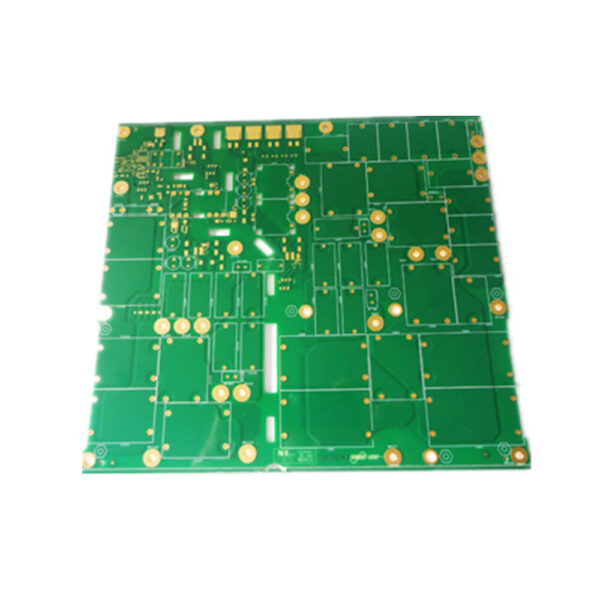
What Are The Characteristics of Multi-layer Circuit Board?
Multi-layer circuit board is made of several etched single or double-sided boards which are laminated and bonded. So, compared with single and double layer circuit board, what are the characteristics of multi-layer circuit board?
- The assembly density of multi-layercircuit board is high and the volume is small.
- The multi-layer circuit board is convenient for wiring, the length of wiring and the connection between components are shortened, which is conducive to improve the speed of signal transmission.
- For high frequency circuits, when the ground layer is added, the signal line has a constant low impedance to the ground layer, and the circuit impedance is greatly reduced, and the shielding effect is good.
- For electronic products with high heat dissipation function, multi-layercircuit board can be equipped with metal core heat sink to meet the special function needs of shielding and heat dissipation.
- In terms of performance, multi-layer circuit board is superior to single and double-sided board, but the higher the number of layers, the higher the production cost, the longer the processing time, and more complex in quality detection.
- The common problem in multi-layer circuit board is four six layer board. The difference between the four layer board and the six-layer board is that there are two internal signal layers between the middle layer, ground wire layer and power layer, and the six layer board is thicker than the four-layer board.
Generally speaking, multi-layer circuit board has been widely used in the production and manufacture of electronic products because of its design flexibility, economic superiority, stable and reliable electrical performance.

